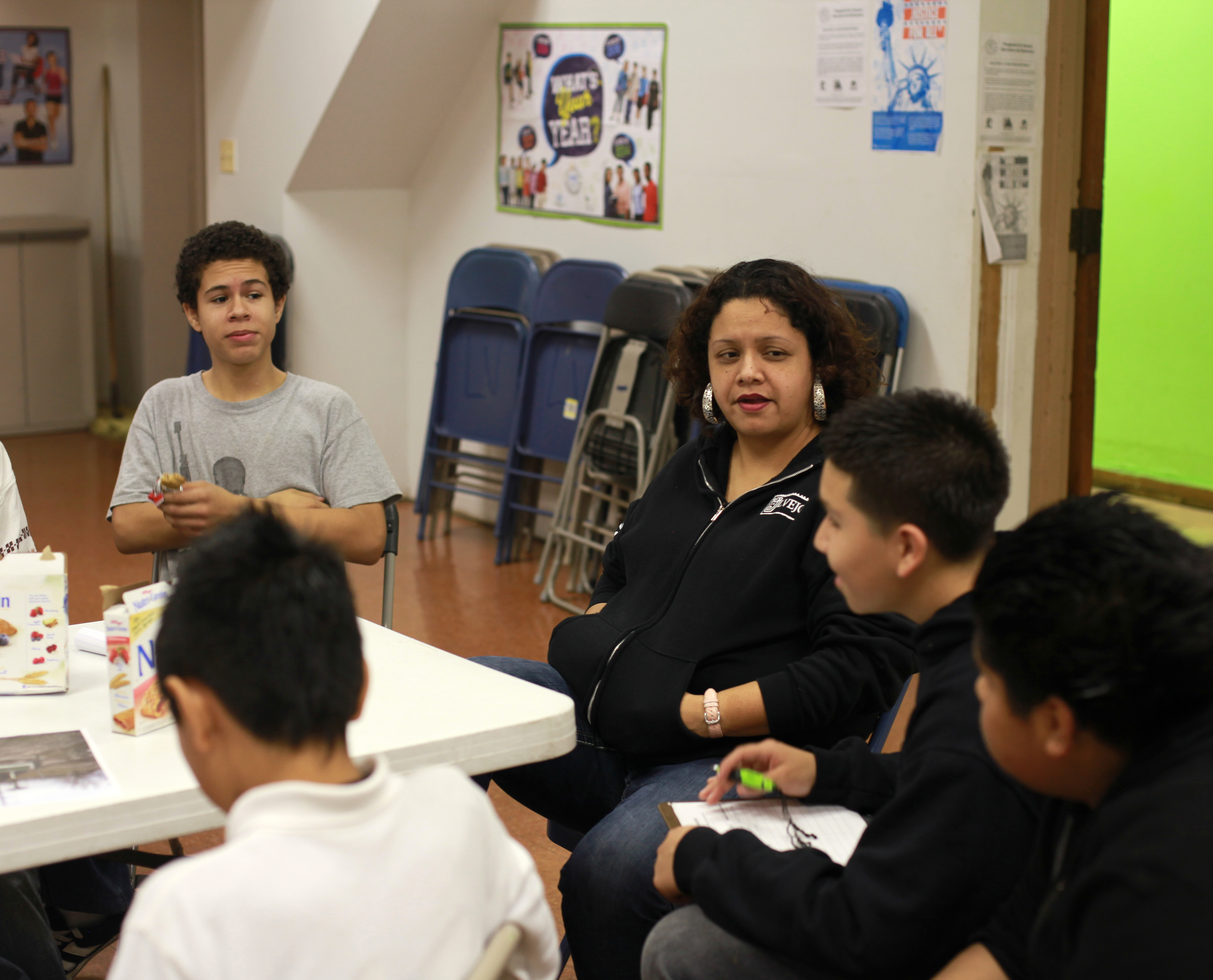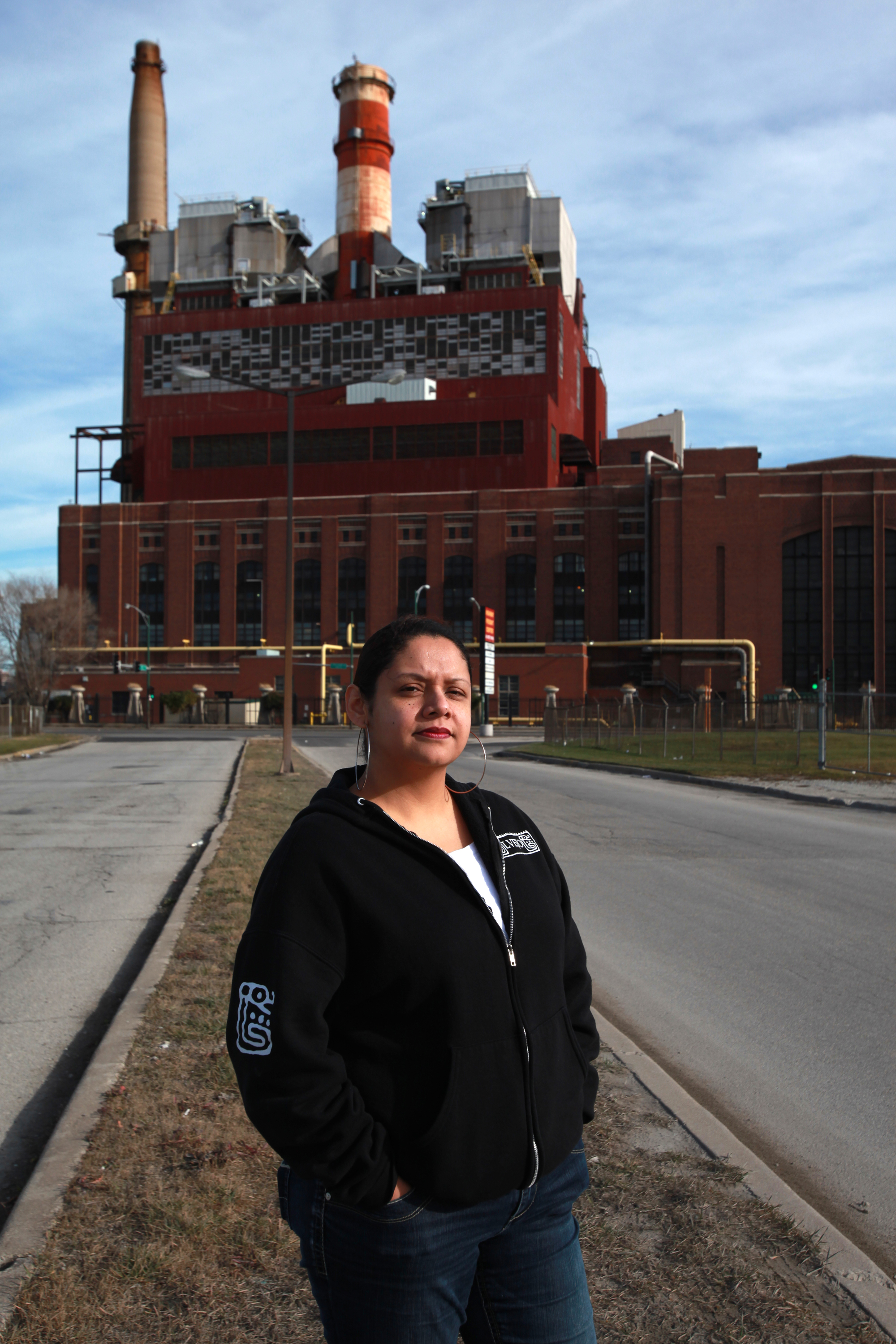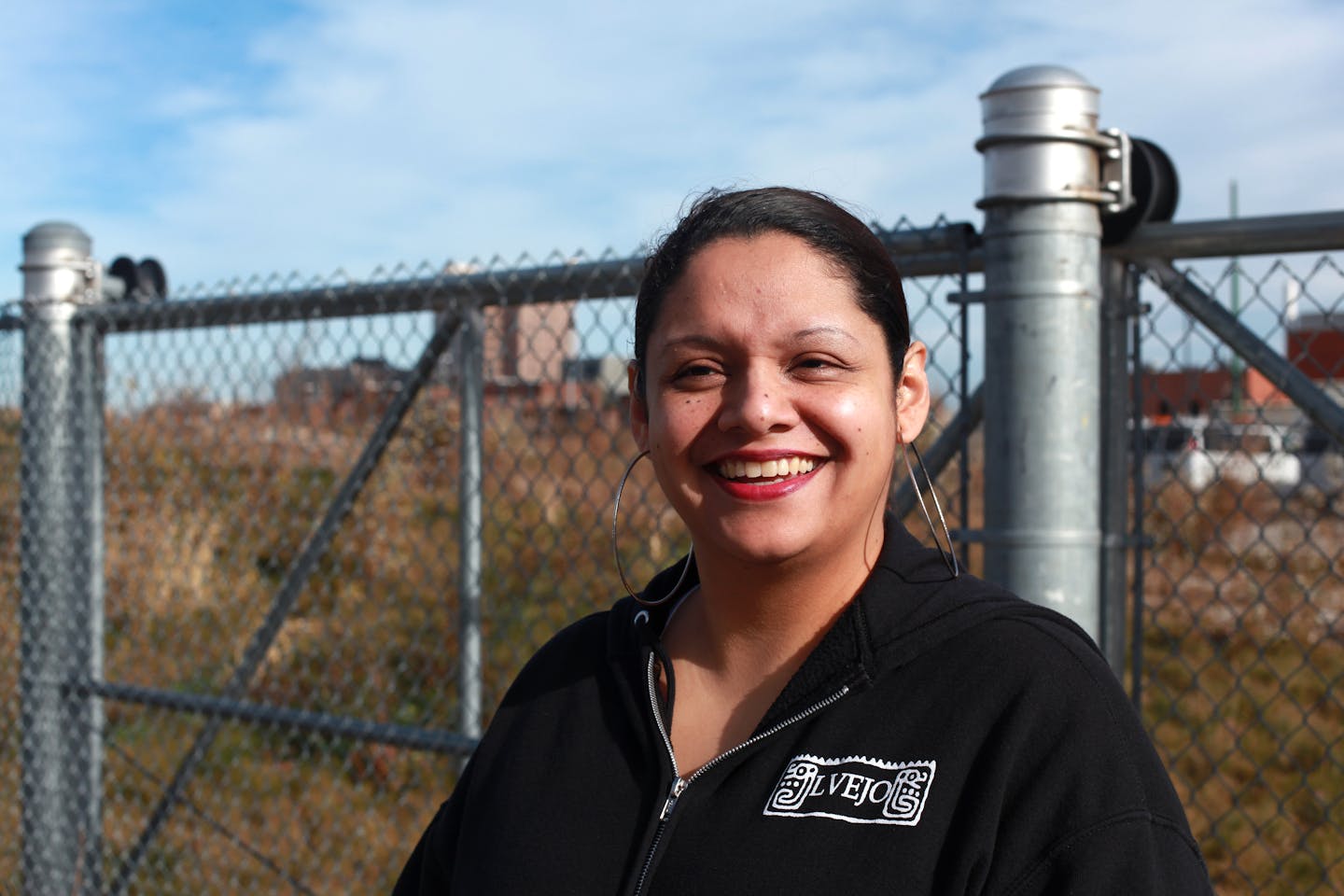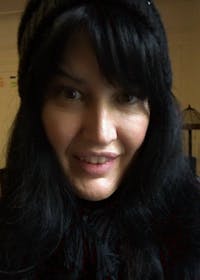Climate Hero: Kimberly Wasserman
- Renewable Energy
- Women
- Public Health
- Legal Empowerment
- Climate Heroes
- Great Plains
- Northern America Realm
Kimberly Wasserman organized a huge campaign to shut down two of the country’s oldest and dirtiest coal plants. Wasserman's parents taught her that we are not alone in this world and that everything we do has an impact. Having grown up less than a mile from two of the nation’s oldest and dirtiest coal-fire plants, as a child, Wasserman would watch the white smoke billow out into the sky, thinking they were "cloud factories". She didn’t realize the deadly impact the coal plants had on her neighborhood since their inception in 1924. A Harvard School of Public Health study linked an increase of emergency room visits to thousands of asthma attacks and premature deaths caused by the toxic emissions and coal dust wafting over her community, a Chicago neighborhood of approximately 100,000 families, mostly of Latino descent.
After rushing her infant to the emergency room because he could not breathe and subsequently finding out he was diagnosed with asthma, she was told the attack had been fueled by environmental pollution. This was the catalyst to get her into action. At the time, she was the community organizer for the Little Village Environmental Justice Organization, which gave her the opportunity to interview her neighbors, asking them questions about their environmental concerns. She listened to their stories and found out that many of them also suffered from asthma and respiratory issues. Some residents even needed oxygen tanks to assist in breathing, while others missed work or school, causing economic and educational hardships. When she explained that their health problems derived from the coal plants, they were angry.

Image credit: Courtesy of The Goldman Prize
Kimberly wanted to transform that anger into something positive, so she started sharing these local stories to build consciousness about what was going on, which was key to the campaign to shut down the plants. She got her inspiration from both Mexican and Mexican-American history and how they built powerful movements using art and street theater. With few resources, Wasserman organized petitions, neighborhood protests, billboard campaigns and managed to build a coalition of over fifty other community-based organizations. She organized “Toxic Tours” of industrial sites and staged a “Coal Olympics” at the time the city bid to host the 2016 Olympic Games. With the coalition in place and bigger organizations like Greenpeace showing up and camping out for days in protest, they were able to leverage many resources.
Taking advantage of a new mayoral election, the coalition pushed for the Clean Power Ordinance making sure to get the environmental conversation added to the debates. After a year, the new mayor kept his promise to do something about the coal plants and told Midwest the plants needed to be cleaned up or shut down. Within ninety-days, they announced they would shut down, resulting in a huge victory!
The next move for Wasserman is to convert the old industrial plants into parks and open spaces so that the community can finally enjoy fresh air. She wants to keep her neighborhood involved and find ways for them to keep the discussion going about how to improve the neighborhood. Wasserman believes her community is more than just the face of the impact of climate change -- they are the solution to climate change.

Image credit: Courtesy of The Goldman Prize
In 2013, Wasserman won the Goldman Prize honoring grassroots environmental heroes. The journey was long. When the campaign was initiated some younger activists were in grade school, and are now getting their masters in environmental justice because of their involvement with the campaign. Her advice to anyone wanting to make positive changes is to arm yourself with research and never give up!



